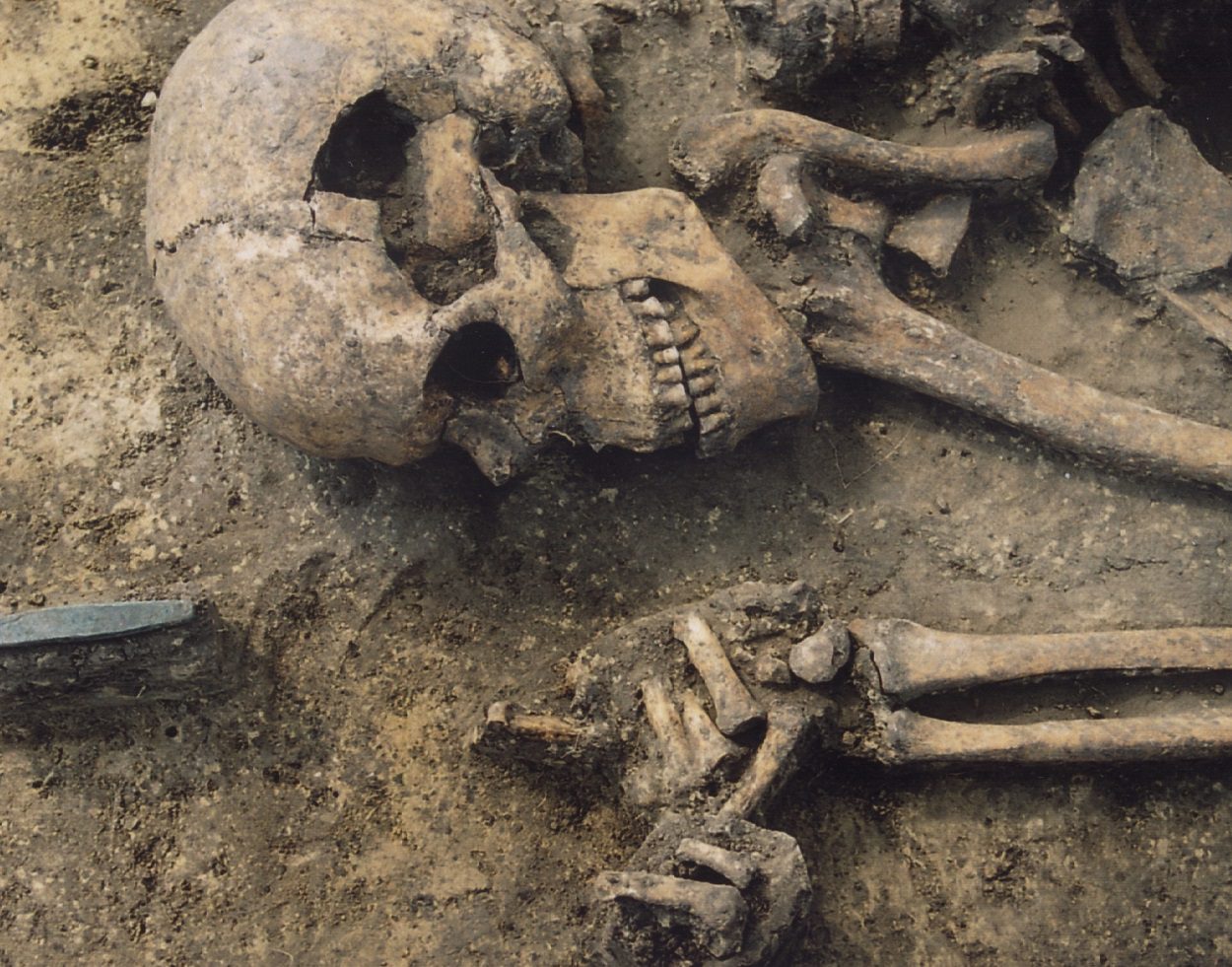A recent DNA study has revealed intricate patterns of intermingling among various groups during the European Stone Age, shedding light on both instances of intermixing and isolation.
Conducted by scientists at Uppsala University in collaboration with an international research team, the study involved the analysis of genetic material from 56 individuals of the Central and Eastern European regions from the Stone Age. The outcomes of this research have been published in the journal Communications Biology.
“Conducting studies like this one requires a broad interdisciplinary discussion. In this study, this discussion has been exceptionally fruitful,” says Tiina Mattila, population geneticist at Uppsala University and the study’s lead author.
In the last 15 years, preceding DNA investigations have gradually constructed an understanding of the European Stone Age’s historical narrative. Prior to the diffusion of agriculture across Europe, distinct communities of hunter-gatherers inhabited various regions of Eurasia, engaging in interconnections with one another.
This research underscores the significant correlation between the intermingling of these genetic lineages of hunter-gatherers and geographical factors.
“These differences in the intermingling of genetic lines and cultures can tell us about the power relations between different groups,” says Tiina Mattila.
The new study also looked at close relatives.
“Common graves are often assumed to be family graves, but in our study this was not always the case. This shows that even during the Stone Age other social factors also played a role in burial practices,” says Helena Malmström, archaeogeneticist at Uppsala University.
A more comprehensive picture of the genetic history of Stone Age Europeans has emerged in recent years. And this new study adds further detail to this puzzle.
“We can show that some parts of Europe – such as the area around the Dnipro River delta – were inhabited by isolated groups of hunter-gatherers for many thousands of years, even though many other parts of Europe changed their way of life when new groups arrived who produced food by tilling the soil,” says Mattias Jakobsson, professor of genetics at Uppsala University.
Header Image Credit : Stanisław Wilk







